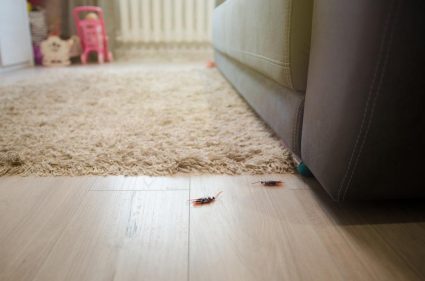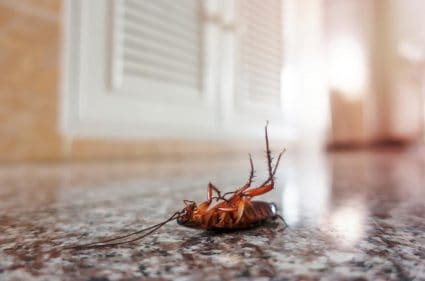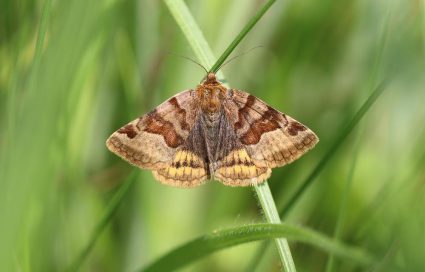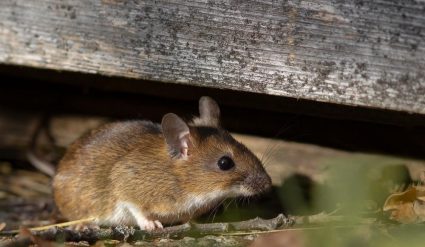
Fleas are tiny, flightless parasites that can turn your home into their breeding ground before you even realize what’s happening. Not only can they cause discomfort to your pets, but they can also bite humans, causing itchy, red spots. If you suspect a flea infestation in your home, it’s essential to act quickly. This in-depth guide will walk you through how to test for fleas in your house effectively.
To test for fleas in your house, first observe if your pets are scratching excessively or if there are unidentified welts on their skin. Look for flea dirt in your pets’ fur or bedding and check for fleas hopping around your home. You can confirm a flea infestation by wearing white socks to spot fleas, using a flea comb on your pets, or setting up a heat attraction test with a lamp and warm water.
Initial Signs of Flea Infestation
The first step in dealing with a flea infestation is identifying the problem. Here are some initial signs to look out for:
- Excessive scratching by your pets.
- Unidentified welts or red skin on your pets.
- Ankle bites on humans.
- Flea dirt (black or brown specks) in your pets’ fur or bedding.
- Visible fleas hopping around your home, on your pets, or on your furniture.
How to Confirm a Flea Infestation
If you notice any of these signs, you need to confirm if it’s indeed a flea infestation. Here are some effective methods:
- White sock test: Wear white socks and walk around your house. Fleas may jump onto the socks, making them easier to spot against the white background.
- Flea comb: Comb through your pet’s fur with a flea comb and look for fleas or flea dirt.
- Heat attraction test: Set up a lamp with a bowl of warm water underneath it. Fleas may jump into the water, attracted by the heat.
Common Flea Hideouts
Fleas can hide in various places indoors. Some common areas include:
- Pet bedding
- Carpets and rugs
- Upholstered furniture and cushions
- Floors, especially hardwood floors
- Pet houses
Flea Lifecycle and Infestation
Understanding the lifecycle of fleas is essential in dealing with an infestation. Fleas go through four life stages: egg, larva, pupa, and adult. Adult fleas make up only 5% of the total flea population, while the other 95% are in the younger stages, often invisible to the naked eye. Thus, even if you don’t see adult fleas, there could still be a significant infestation in your home.
What to Do Once a Flea Infestation is Confirmed
Once a flea infestation is confirmed, immediate action is necessary:
- Treat your pet: Consult your veterinarian for appropriate flea treatments.
- Clean your home: Vacuum all areas thoroughly, including carpets, rugs, furniture, and pet bedding.
- Treat your home: Use flea sprays or powders specifically designed for home use.
- Prevent future infestations: Keep your pet on a flea prevention program year-round.
Flea Prevention in Pets
Preventing fleas in pets is a crucial part of controlling a flea infestation. Some steps include limiting outdoor time, regular bathing and brushing, checking for fleas regularly, and using veterinarian-approved flea control products.
In conclusion, dealing with a flea infestation requires a comprehensive approach that includes identifying the infestation, treating your pets and home, and taking steps to prevent future infestations. With the right knowledge and tools, you can keep your home flea-free.
Frequently Asked Questions
How long does it take for fleas to reproduce?
Fleas have a fast reproduction cycle. A female flea can lay up to 50 eggs per day, and these eggs can hatch into larvae within 2-14 days depending on the environmental conditions. In optimal conditions, fleas can complete their life cycle from egg to adult in as little as 2 weeks.
Can fleas survive without a host?
Yes, fleas can survive without a host for a certain period. Adult fleas can live for up to two weeks without a host, while flea larvae can live several months feeding on organic debris in the environment.
Are there natural remedies for flea infestations?
Yes, some natural remedies can help control flea infestations. These include essential oils like peppermint, cedarwood, and lemongrass, which can repel fleas. Diatomaceous earth can also be used to kill fleas by dehydrating them. However, these remedies may not be as effective as commercial flea treatments and should be used in conjunction with other methods for best results.
How often should I vacuum to control a flea infestation?
If you have a flea infestation, it’s recommended to vacuum daily to remove fleas and their eggs. Be sure to empty the vacuum bag or canister immediately after each use to prevent fleas from escaping back into your home.
Can fleas live on humans?
While fleas can bite humans, they cannot live on us. Fleas prefer to live on furry animals like cats and dogs, but they will bite humans if their preferred host is not available.












